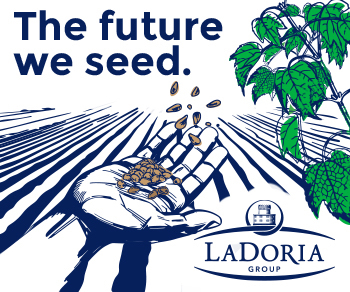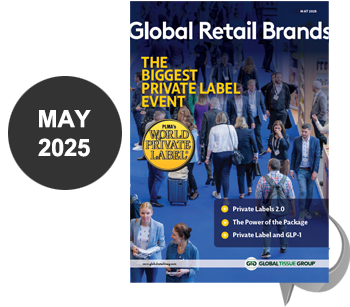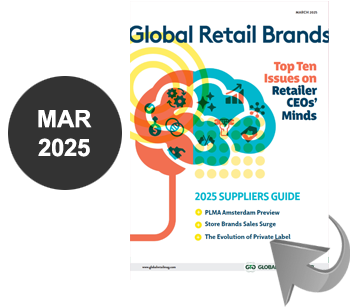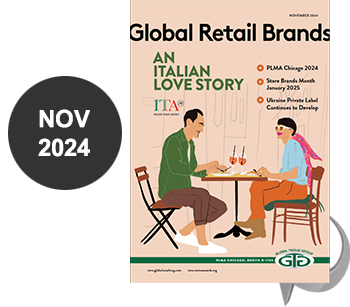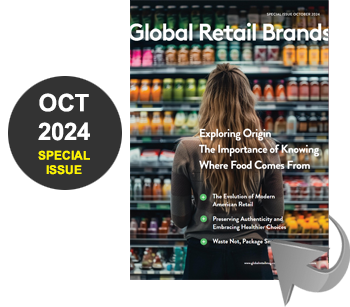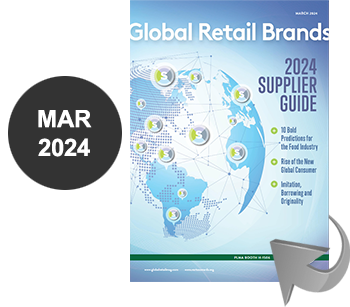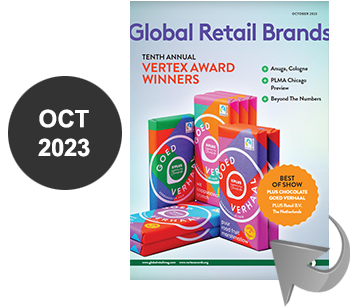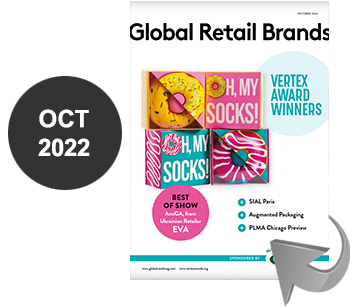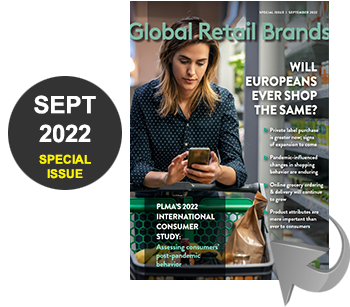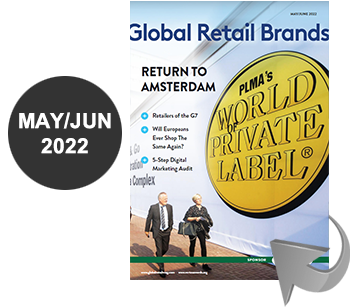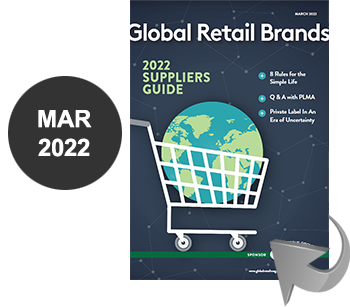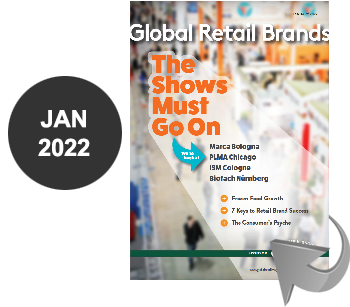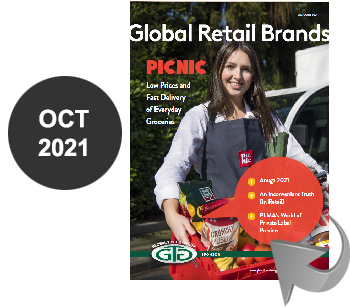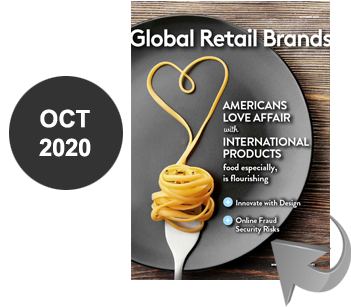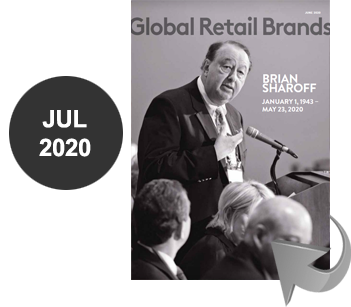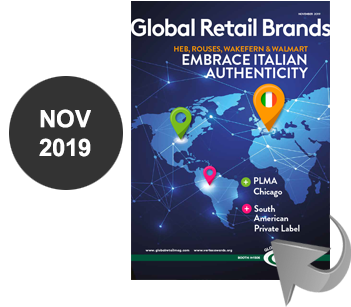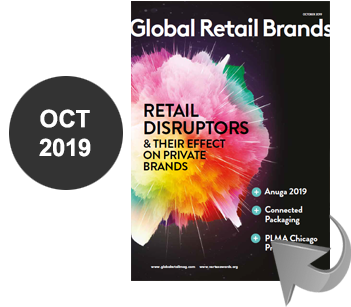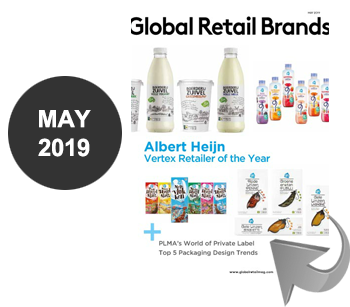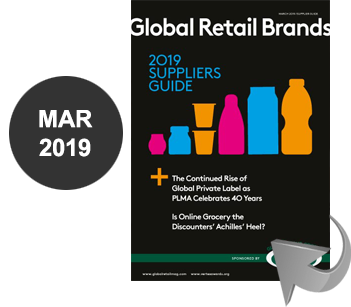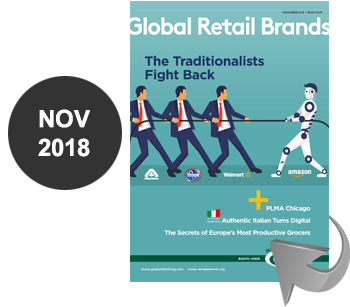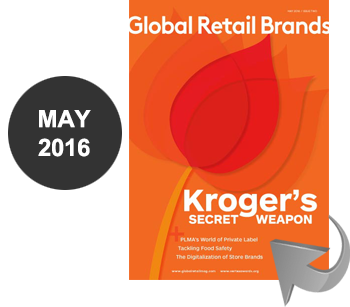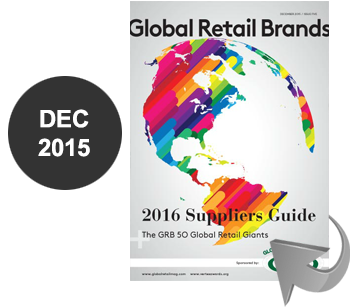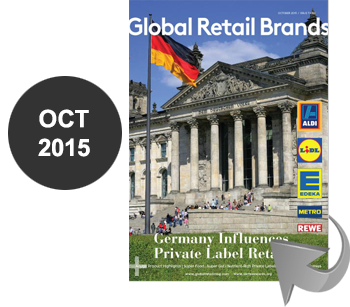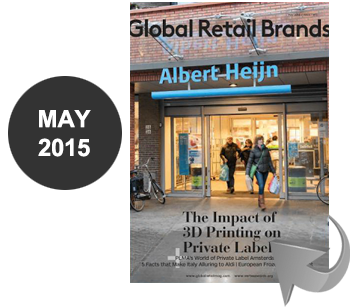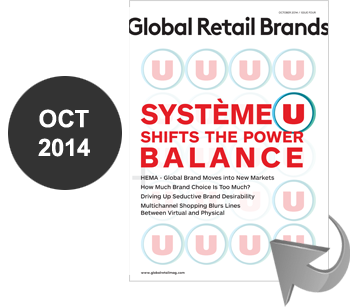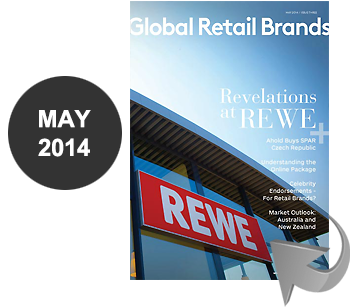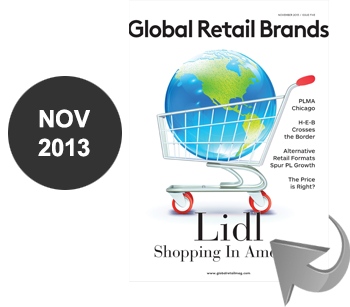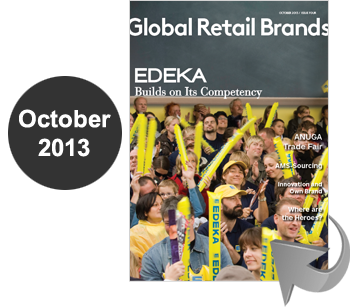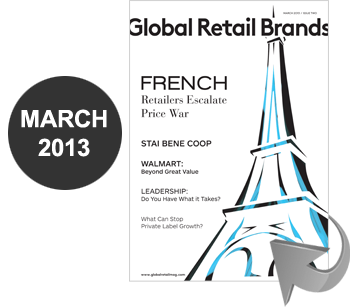 By / DAVID MERREFIELD
By / DAVID MERREFIELD
As Europeans and Americans engaged in the manufacture and sale of private label products gather in Amsterdam, there’s a perennial question that’s sure to be front-of-mind for at least the Americans: Why do American consumers fail to seize upon store brands nearly to the degree that Europeans do, and what can be done to close the gap?
The occasion for the gathering of the private label business, of course, is the latest edition of the trade show in Amsterdam staged by the Private Label Manufacturers Association (PLMA).
As is well known, the proportion of store brand sales in many trade channels in America is surprisingly low as compared to like European metrics. In the key supermarket sector, roughly 22 percent of products sold are store brands. Many European supermarket retailers chalk up store brand sales levels well in excess of 50 percent.
The disparity has a fairly simple explanation: In America, products sold to retailers by national Consumer Product Goods (CPG) have for a couple of generations or so been by far the consumer preference. CPG manufacturers also tended to do much of the heavy lifting when it came to promotional and marketing activities, making the business of selling less complex for retailers.

Another huge factor was the promotional funds, and many others, afforded to retailers by manufacturers. Many is the retailer that could trace most, if not all, its profitability to aggressively milking monies out of manufacturers. This set up the strange situation that retailers could make more money from the buy side than the sell side.
This symbiosis caused retailers to keep their store brand offerings to a minimum, despite the fact that store brands are typically more profitable than are national brands. For many retailers, manufacturer monies bridged the gap to the extent that CPG brands were favored.
However, it’s now becoming increasingly clear that the stranglehold CPG manufacturers have had on retailers is loosening rapidly, which represents an opening wedge for private label manufacturers and their supplied retailers to increase store brand sales dramatically. What’s happening is that for the first time, American consumers’ strong preference for national brands is fading away at a rapid rate. Two major consumer studies taken of consumer attitudes show that large majorities have no brand preference at all and are just as likely to chose among competing national brands, or to opt for specialty or store brand products.
One consumer study undertaken lately for Daymon Worldwide by the researcher Hartman Group shows that a huge 56 percent of consumers fall into the category of those without a brand preference at all. Nearly 75 percent of shoppers, whether they favor a particular brand or not, have quality as the chief motivator behind their buying decision. Another study done by Harris Interactive for InContact, a technology consulting company, showed similar results.
What happened to consumer loyalty to national brands? One long-running factor stands atop a mountain of reasons, that being the dispersal of national media to niche media. For a good many years, CPG manufacturers could saturate consumers with advertising messages through strategic media buys of major broadcasters and newspapers. This means of reaching virtually all consumers isn’t nearly as important now.
 Other factors include consumers’ preference for nutritional products and products that present as new and interesting. These preferences manifest in consumers’ newly found interest in quality. Price remains a strong buying motivator too. Obviously, this shift away from brand loyalty means that the time is propitious for store brands to make a big move.
Other factors include consumers’ preference for nutritional products and products that present as new and interesting. These preferences manifest in consumers’ newly found interest in quality. Price remains a strong buying motivator too. Obviously, this shift away from brand loyalty means that the time is propitious for store brands to make a big move.
The tactics that should be used to boost store brand sales levels include those that have been underway for some time, namely the shift away from store brands as opening-price-point gambits to high quality products in their own right. Store brands should also eschew mimicking national brands in content and trade dress since those brands are decreasing in consumer popularity.
Store brands should be and increasingly are perceived as being just as good as national brands, if not better. Store brands can be different in taste and texture than similar national store brands, providing that those qualities register positively with consumers.

The good news is that with the help of PLMA, private label manufacturers and their retail partners have long been moving product in these directions so the playbook for the future demands little more than to keep the course.
This brings us back to the original question: Can American retailers ever achieve the sales performance of store brands registered by their European counterparts?
The answer is that whether American retailers can close the gap or not, the time has never been more propitious for them to try, and at the very least store brand sales will continue of their upward trajectory.

